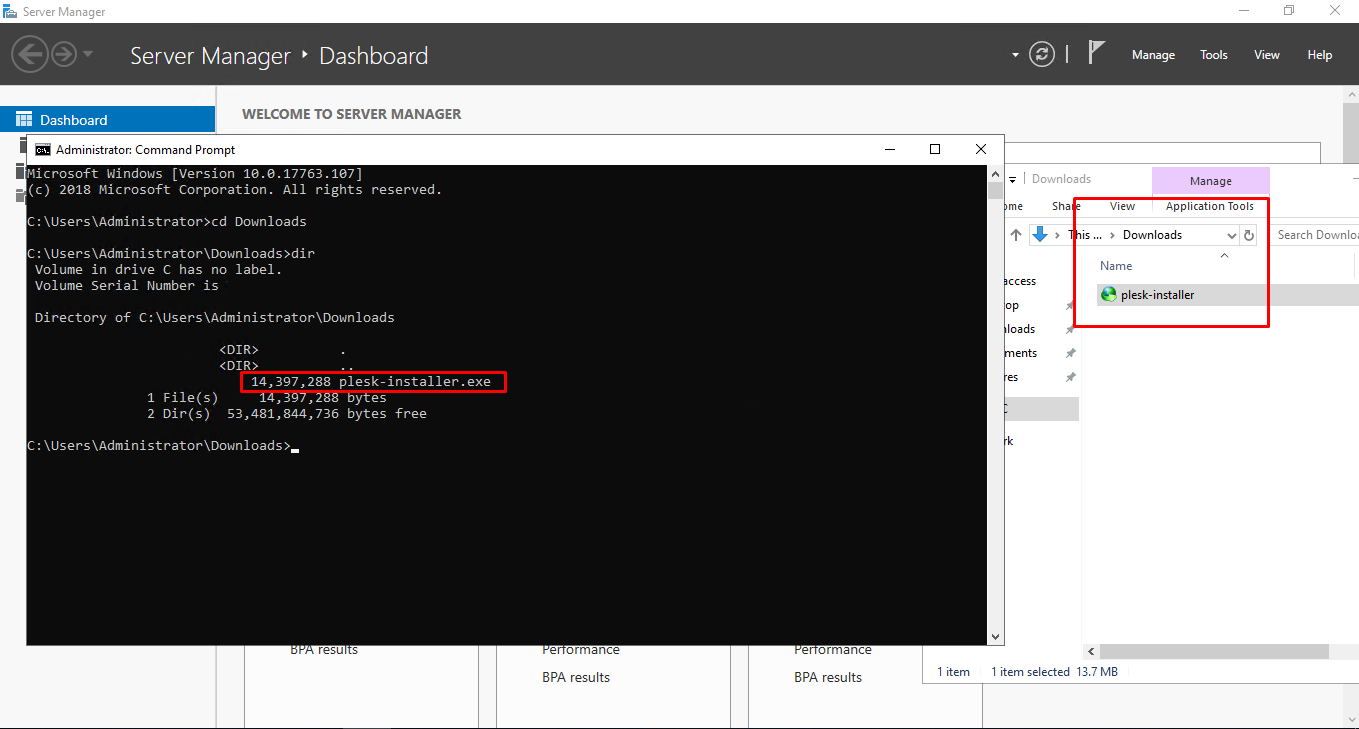When choosing between web hosting control panels, Plesk and cPanel are the primary contenders. Between them, they dominate the market for users looking for account and server management tools.
- Plesk Control Panel For Windows 7
- Plesk Control Panel For Windows
- Parallels Plesk Panel Details
- Plesk Control Panel Download Windows
Plesk is the only best commercial control panel on Windows platform, it add many features on Windows server management for website setup, management on email, database, files and more. It's also increase the security of server. Plesk and cPanel are probably the two most common names that spring to mind when people think about hosting control panels. But in truth, there are more options out there too - and some are even free! GNUPanel, SysCP, and Webmin are among the most popular free hosting control panel software options. So let’s take a look at them more closely. Server Control Panels Guide How Multi-Server. Plesk Control Panel Guide Plesk is a fully featured web-based control panel that enables you to build and manage multiple sites from a single dashboard. Plesk is the control panel used for A2 Hosting Windows and Managed WordPress products. Getting started with Plesk.
Released in 1996, cPanel is the original contender, and as such has a high number of legacy users. The current release is cPanel 82. Modern versions of cPanel are actually a combination of cPanel and WHM (Web Host Manager) interfaces, where the former is for customer account management, and the latter is for server administration. But, for the rest of this blog we’ll just call the package ‘cPanel’.
Plesk has been around since 2001, with the current stable release being Plesk Onyx. We previously wrote a review of Plesk Onyx. Its newest version, Plesk Obsidian, boasts a number of UI and functionality upgrades.
Plesk vs cPanel: User interfaces
Of the two web hosting control panels, Plesk is widely considered to have a cleaner graphical user interface (GUI), and is a bit easier to use. The Plesk interface is more streamlined and has features grouped in a list down the left-hand side. When clicked these expand to show further options.
The cPanel interface, however, does not group the features and tools as helpfully, and is often seen as being more cluttered. cPanel does allow for customisation of the home screen to make it a bit easier to find things, and the visibility of all features in one place can make it easier to find a function for the first time.
CLI (command line interface) access is available for both, should the user prefer it to a GUI.
Plesk vs cPanel: Performance
Generally, cPanel loads faster than Plesk. cPanel is the web hosting control panel that has really focused on optimising the performance. By focusing on reducing the amount of memory required, cPanel developers were able to speed up the page-load times within the panel, as well achieve faster times for account creation and other server management tasks.
Plesk vs cPanel: Features and tools
Out of the box, Plesk and cPanel both provide users with the same primary features for server and account management. Both can be used to configure DNS settings, manage email accounts, run FTP (File Transfer Protocol) and manage databases. Although it is possible to add extra apps to cPanel, Plesk comes with support for more useful apps and extensions straight from the box.
Plesk has support for Docker on Linux, with a catalogue of over 200,000 Docker images that can be launched from within the Plesk web hosting control panel. Plesk is also compatible with Git through the Gitman extension. There are workarounds to get Docker and Git running with cPanel, but they’re much more complex than with Plesk.
Plesk vs cPanel: Security
Both Plesk and cPanel are heavily focused on security. Although the features are different, Plesk and cPanel both come with numerous security tools.
cPanel security tools include: Automatic SSL certificate installation, password-protected directories and IP address denials. Plesk security features include: fail2ban intrusion prevention, inbound and outbound email antispam and active directory integration.
Plesk vs cPanel: Distros
One major difference between the Plesk and cPanel web hosting control panels is that Plesk is available on both Windows Server and Linux distributions, whereas cPanel is only available on Linux operating systems (although some backdoor methods are available to run cPanel on Windows servers).
The Linux distributions that support cPanel are CentOS, CloudLinux and RedHat Enterprise Linux operating systems. On the other hand, Plesk is available on 14 Linux distributions including CentOS, Ubuntu and Debian, as well as being available on Windows servers.
Which web hosting control panel you choose will often depend on which operating system you’re running on your server. However, you will need to buy separate Plesk licences depending on which operating system you intend to run it on.
Choosing between Plesk and cPanel
Your decision could be based on which web hosting control panel is available to your operating system, but it will most likely come down to which web panel you find easier to use. While the features in each panel are fairly similar, you’ll probably prefer the feel and experience of using one over the other.
When you buy a Dedicated Server or Cloud Server from Fasthosts, you can choose to add the Plesk control panel to the package for just £9.99 per month, giving you a great set of features from the get-go. See our website for more information on how Plesk integrates with our servers.
After successful installation using the Plesk autoinstaller, you will beprovided with a one-time login URL that contains a session token. Followthis URL to automatically log in to Plesk. Select the desired interfacelanguage, change your password and log in to Plesk with a new password.
Logging in to Plesk
To log in to Plesk, open your web browser and open the followingaddress:
The Plesk login page will open.
Plesk Control Panel For Windows 7

Plesk Control Panel For Windows
Type in your username and password to log in to Plesk. By default, yourusername is admin, but this may have been changed if Plesk waspre-installed by a third party. Alternatively, you can log in to Pleskusing the root username (on Linux), or the administratorusername (on Windows), and the corresponding password.

Parallels Plesk Panel Details
You can disable logging in to Plesk with the root oradministrator credentials by adding the lines below to thepanel.ini file.

Plesk Control Panel Download Windows
To disable logging in to Plesk with the root credentials: